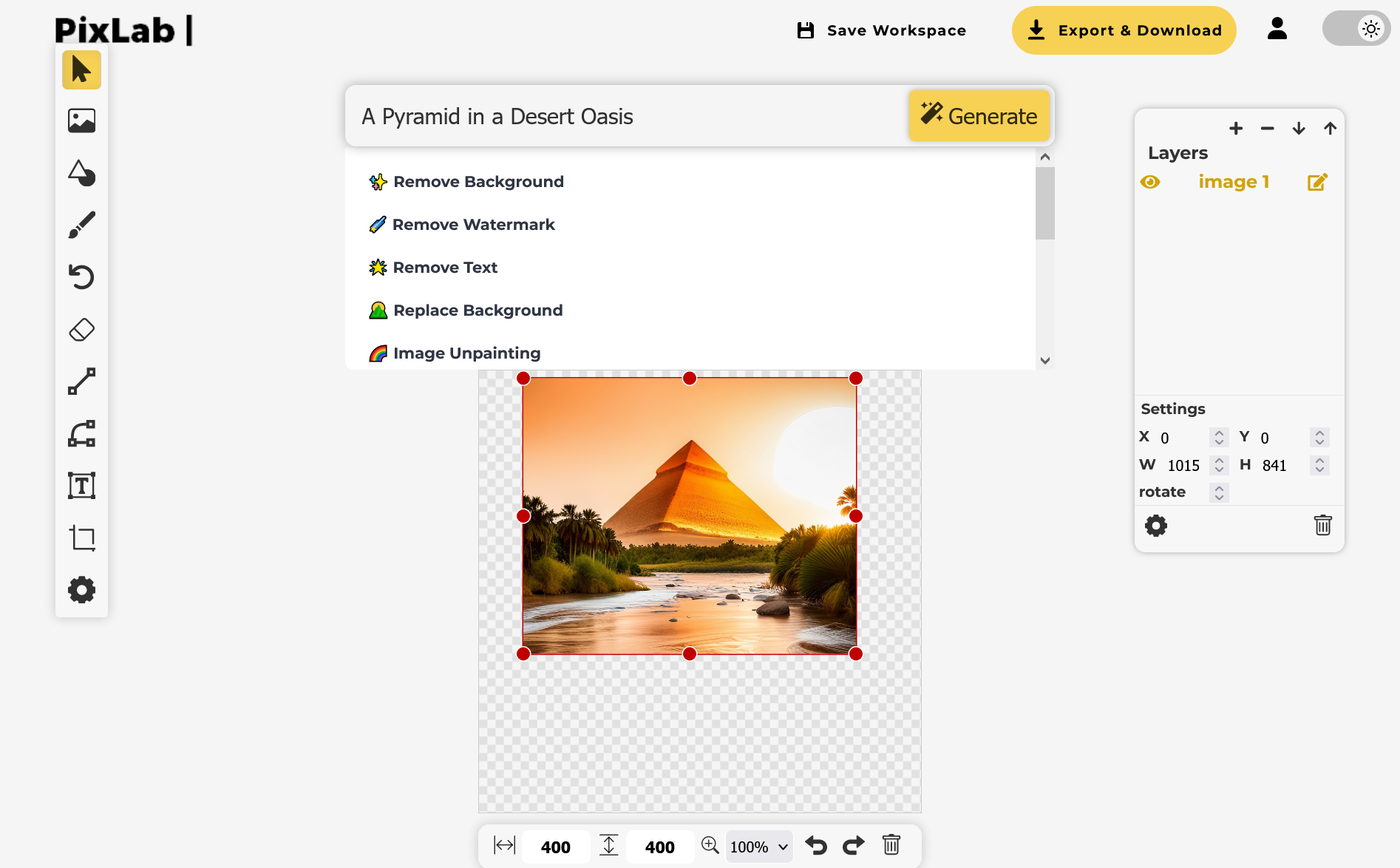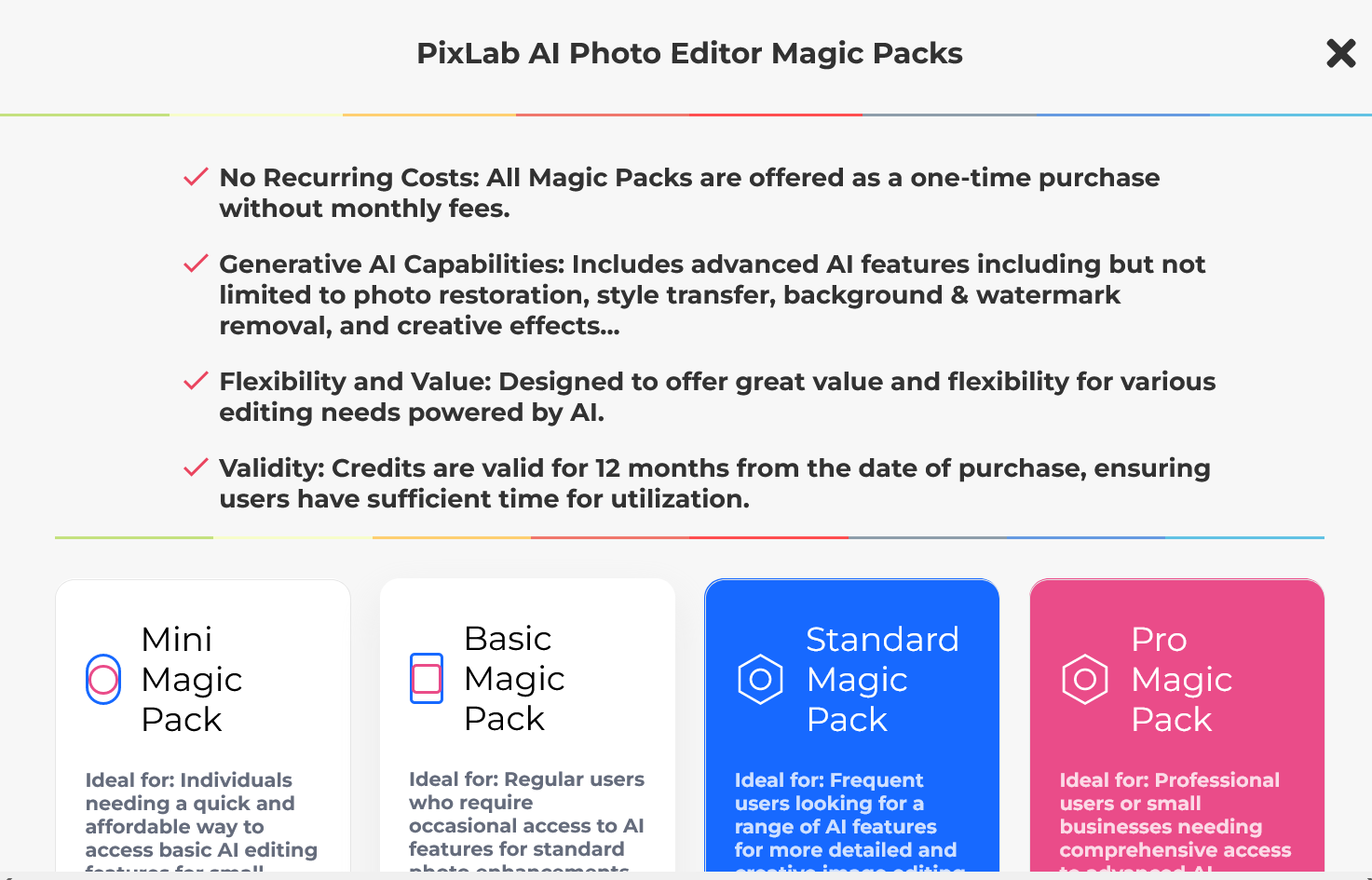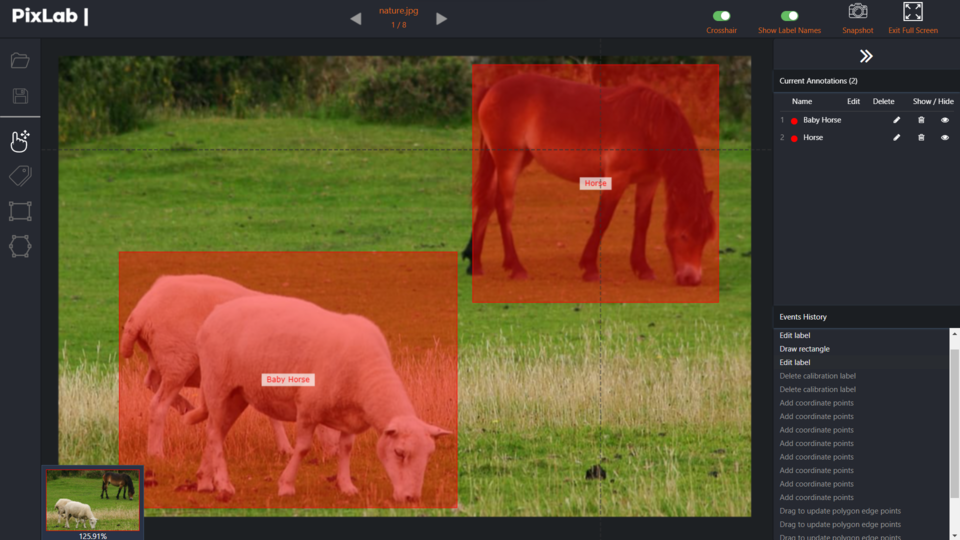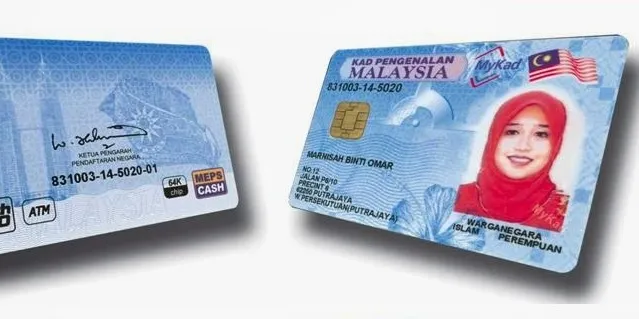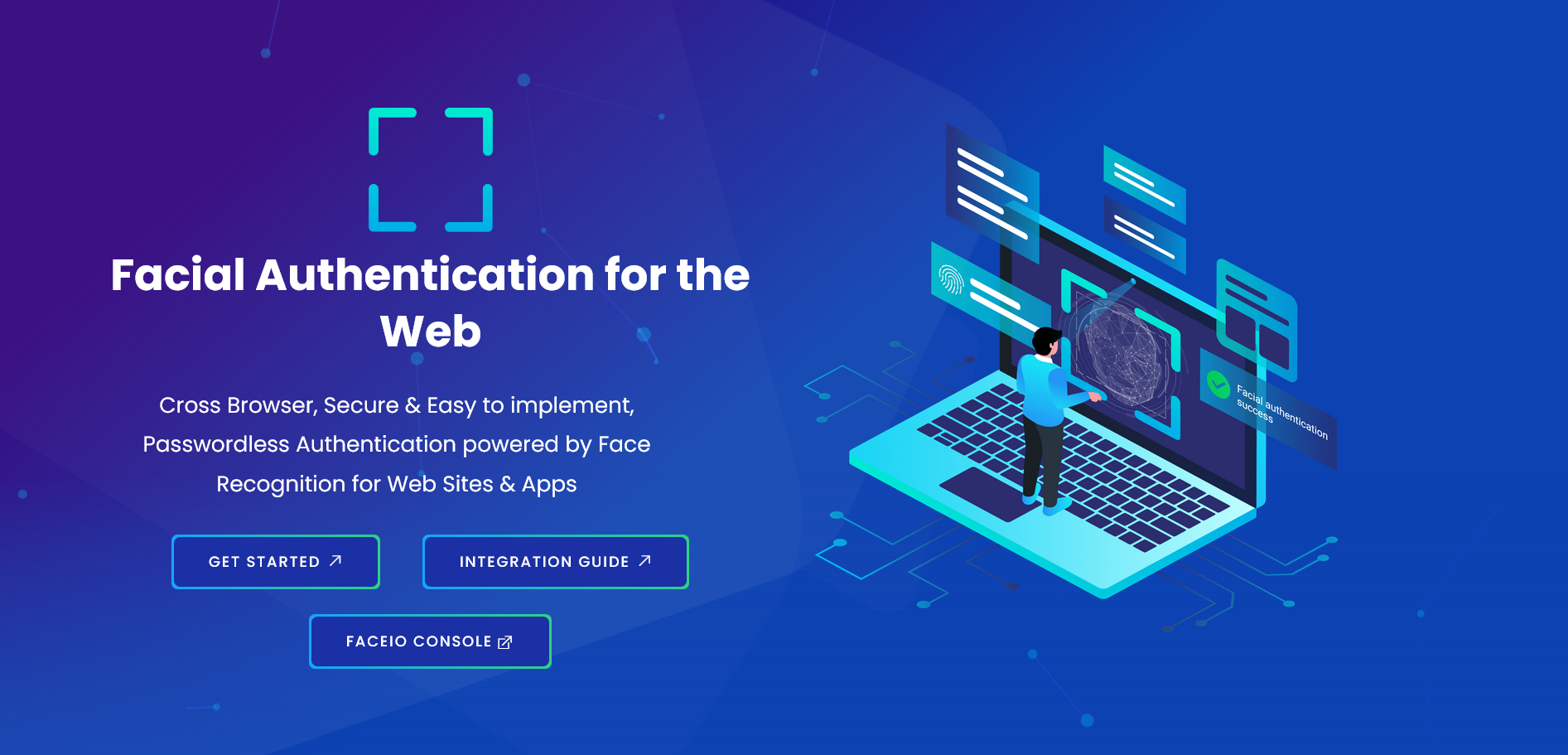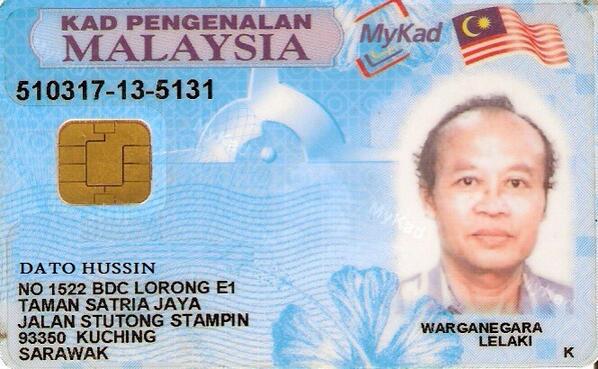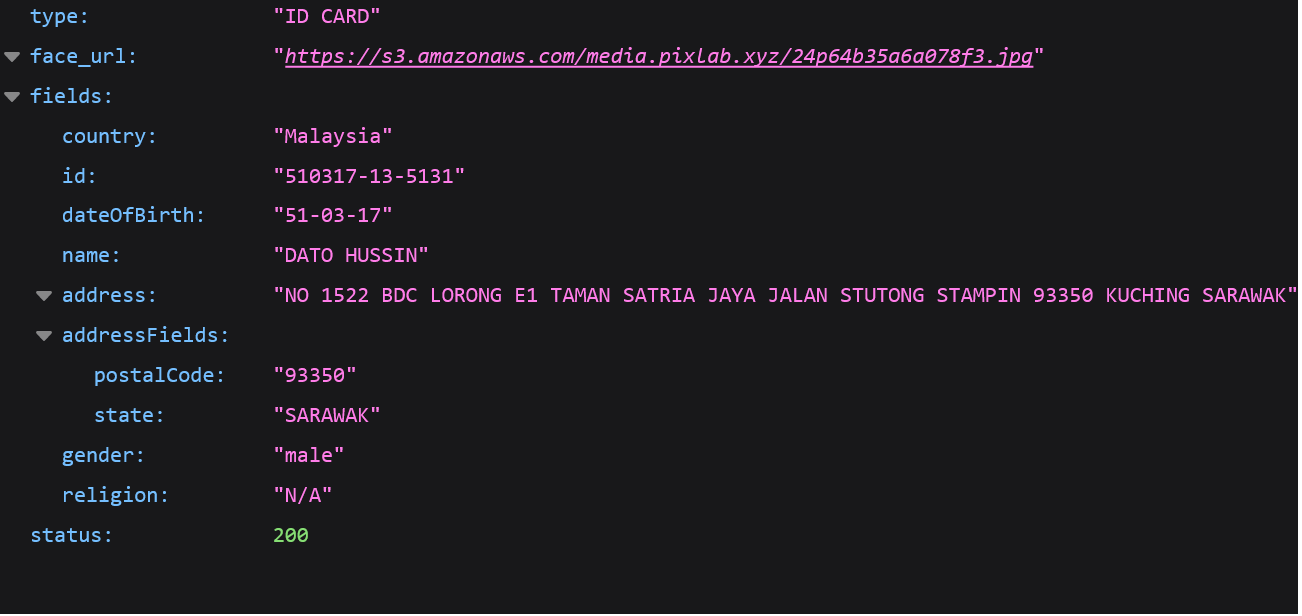- In today's digital world, face authentication has become an essential part of our daily lives.
- From unlocking our smartphones to accessing secure online accounts, face recognition technology has made our lives more convenient and secure.
- However, with the rise of deep fakes and face spoofing attacks, the need for advanced face anti-spoofing and livesness detection solutions has never been greater.
What is Livesness Detection and Face Anti-Spoofing?
- Livesness detection introduced in late 2023 and already integrated and available to FACEIO customers, also known as face anti-spoofing, is a security feature that ensures that the person being authenticated is a living human being and not a photo, video, or mask.
- This feature is crucial in preventing unauthorized access to sensitive information and systems.
- However, livesness detection can be challenging to implement, as it imposes severe restrictions during authentication.
- For example, users are not allowed to have a smartphone, laptop, or LCD screen behind them during the authentication process.
- If any of these devices are detected, the authentication process is aborted, and an
PAD_ATTACKerror code is raised instead.
Example of Spoof ATTACKS deterred by our ML new model
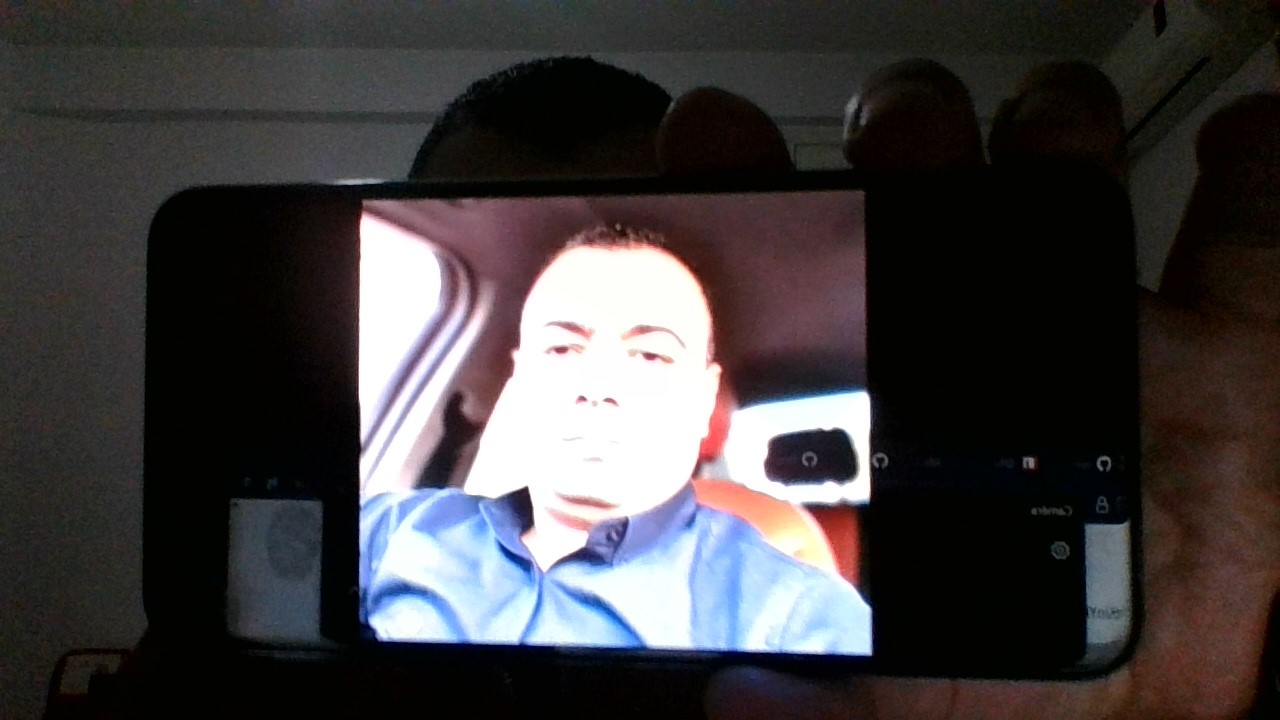
PixLab's New Single Shot Liveness, Face Anti-Spoof & Deep-Fake Detector Model To the Rescue
- PixLab, a leading provider of AI-powered face authentication & Age Verification solutions, has recently released a new single shot livesness, face anti-spoofing, and deep-fake detector model for FACEIO.
- This innovative model is designed to provide enhanced security and accuracy in face authentication, making it an essential tool for businesses and individuals alike.
- One of the key features of this model is its ability to detect faces in a single shot, without requiring multiple images or video frames.
- This makes the authentication process faster and more convenient for users, while still maintaining a high level of security.
- In addition, this model is highly accurate and can detect even the most sophisticated face spoofing attacks, including those that use 3D masks and other advanced techniques.
- This makes it an ideal solution for businesses and organizations that require a high level of security and accuracy in their face authentication systems. Customers are already invited to try out the new face Anti-Spoofing model directly within the FACEIO Widget!
Conclusion
- PixLab's new single shot livesness, face anti-spoofing, and deep-fake detector model is a game-changer in the world of face authentication.
- With its advanced AI algorithms and highly accurate detection capabilities, this model provides enhanced security and convenience for users, while still maintaining a high level of accuracy and reliability.
- As the use of face recognition technology continues to grow, it is essential to have advanced solutions like PixLab's new model to ensure the security and privacy of our personal information.
- Whether you are a business owner or an individual user, this model is an essential tool for anyone who values security and convenience in their face authentication systems.
